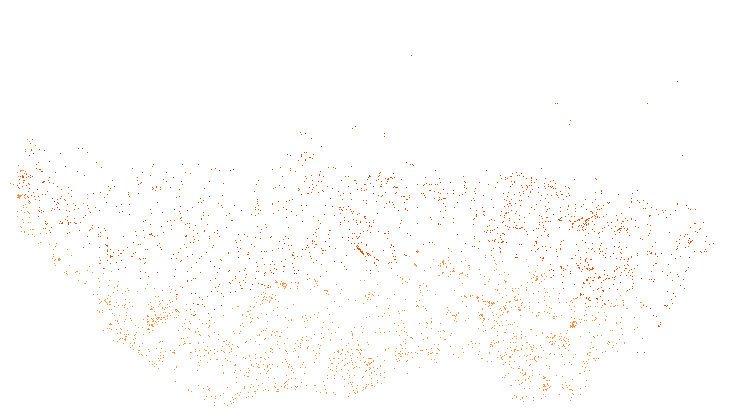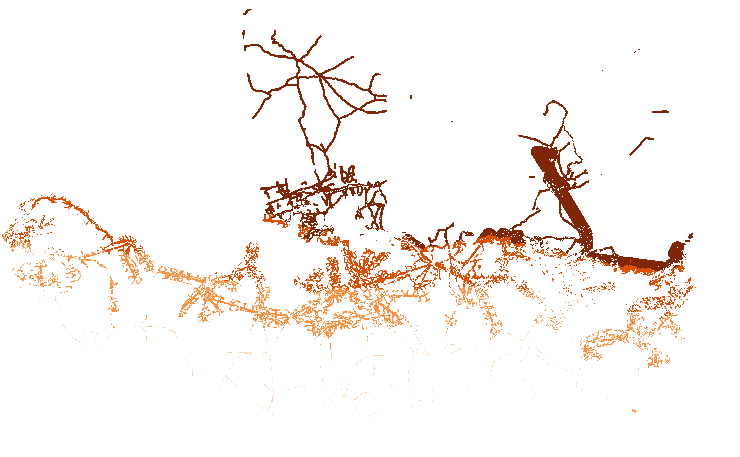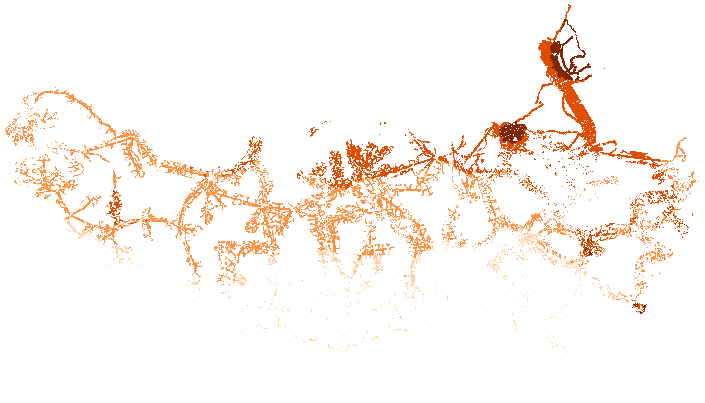energy
Keywords
Regions
Contact for the resource
Provided by
Formats
Representation types
Update frequencies
status
Scale
-

This dataset was generated using GIS methods to estimate technical potential for solar electricity generation in rural areas of ECOWAS region. Technical potential of solar generation in a chosen area may be defined as the amount of the total yearly solar radiation available in that area, taking into account existing geographical constraints, ("suitability maps") that can be converted into electricity given the available solar power technologies. Technical potentials in GWh per year per cell at 1km resolution have been calculated by multiplying DNI (or GHI) for the technical parameters (performance, efficiency) related to CSP or PV, and for the available area. The available area was estimated using for: - CSP (grid connected) only cells with land suitability score > 302 (5% of total cells) - PV (grid connected) only cells with land suitability score > 299 (5% of total cells) - PV (off grid) only cells with land suitability score > 255 (5% of total cells)
-

A Renewables Readiness Assessment (RRA) is a holistic evaluation of a country’s conditions and identifies the actions needed to overcome barriers to renewable energy deployment. This is a country-led process, with IRENA primarily providing technical support and expertise to facilitate consultations among different national stakeholders. While the RRA helps to shape appropriate policy and regulatory choices, each country determines which renewable energy sources and technologies are relevant and consistent with national priorities. The RRA is a dynamic process that can be adapted to each country’s circumstances and needs. Experience in a growing range of countries and regions, meanwhile, has allowed IRENA to continue refining the basic RRA methodology. In June 2013, IRENA published a guide for countries seeking to conduct the process in order to accelerate their renewable energy deployment.
-

This dataset was generated using GIS methods to estimate technical potential for solar electricity generation in rural areas of ECOWAS region. Technical potential of solar generation in a chosen area may be defined as the amount of the total yearly solar radiation available in that area, taking into account existing geographical constraints, ("suitability maps") that can be converted into electricity given the available solar power technologies. Technical potentials in GWh per year per cell at 1km resolution have been calculated by multiplying DNI (or GHI) for the technical parameters (performance, efficiency) related to CSP or PV, and for the available area. The available area was estimated using for: - CSP (grid connected) only cells with land suitability score > 302 (5% of total cells) - PV (grid connected) only cells with land suitability score > 299 (5% of total cells) - PV (off grid) only cells with land suitability score > 255 (5% of total cells)
-

This dataset was generated using GIS methods to estimate technical potential for solar electricity generation in rural areas of ECOWAS region. Technical potential of solar generation in a chosen area may be defined as the amount of the total yearly solar radiation available in that area, taking into account existing geographical constraints, ("suitability maps") that can be converted into electricity given the available solar power technologies. Technical potentials in GWh per year per cell at 1km resolution have been calculated by multiplying DNI (or GHI) for the technical parameters (performance, efficiency) related to CSP or PV, and for the available area. The available area was estimated using for: - CSP (grid connected) only cells with land suitability score > 302 (5% of total cells) - PV (grid connected) only cells with land suitability score > 299 (5% of total cells) - PV (off grid) only cells with land suitability score > 255 (5% of total cells)
-
This dataset is the first of a series of datasets addressing farmers' adaptation to climate change in West-Africa, specifically in Dano, Burkina Faso and Dassari, Benin. This data was obtained by interviews with 121 people from 13 communities in Dano. It provides information on the household level in regard to the aspects; property stand, source of energy, source of drinking water, assets, infrastructure, income, labor and migration history.
 PAUWES Data Portal
PAUWES Data Portal